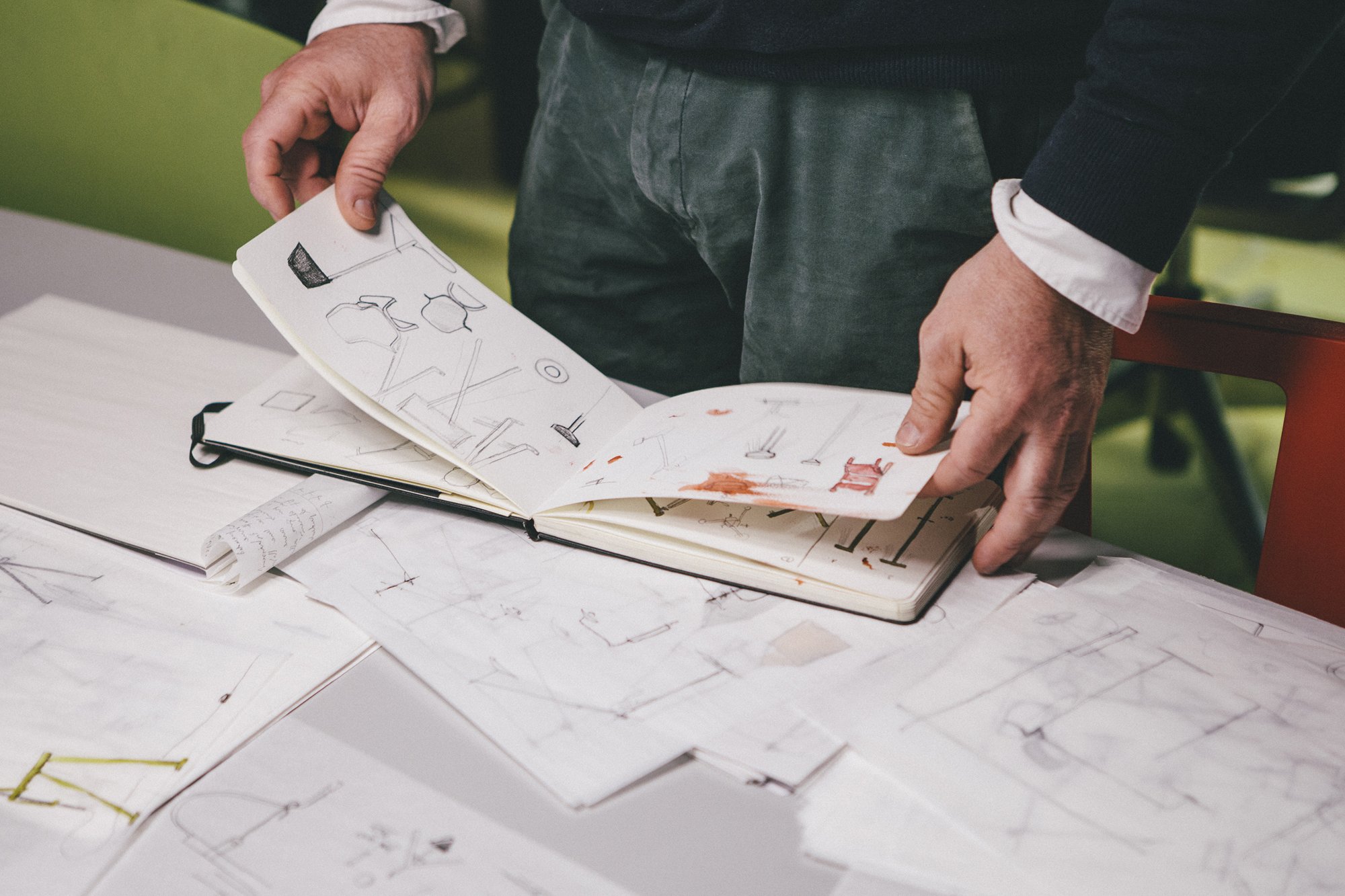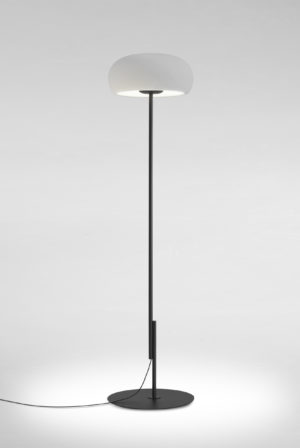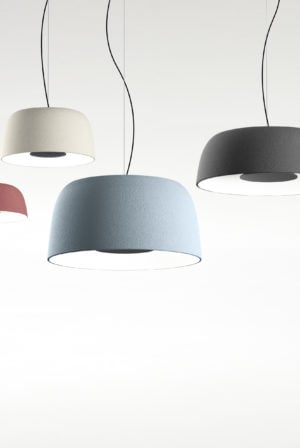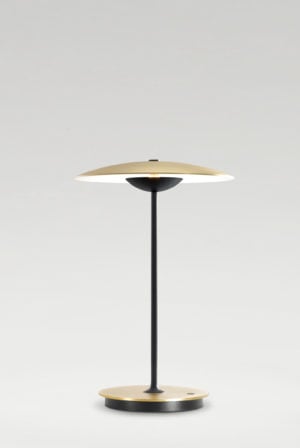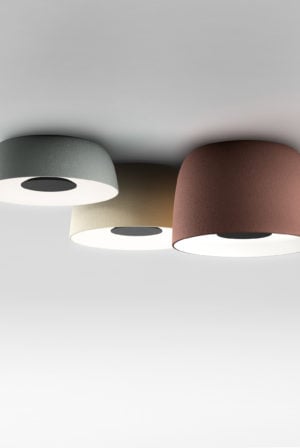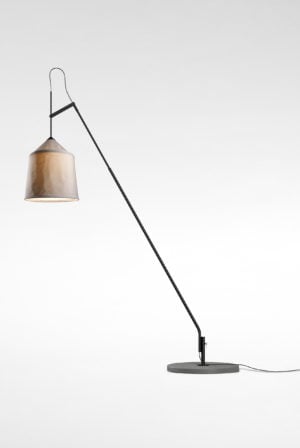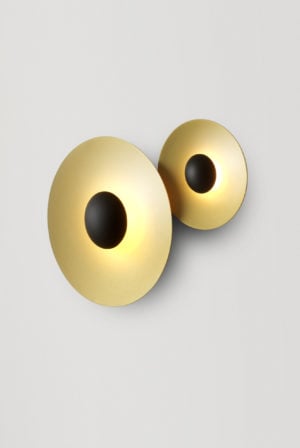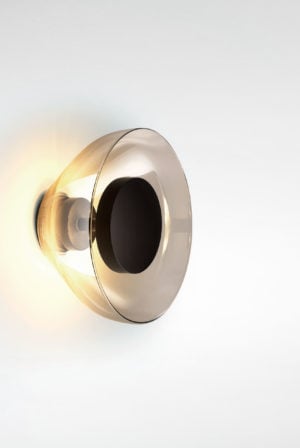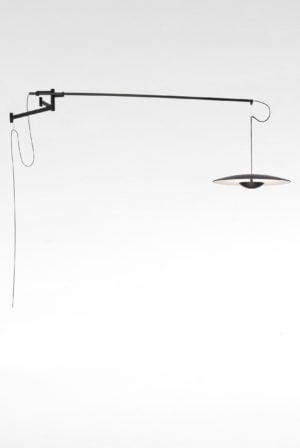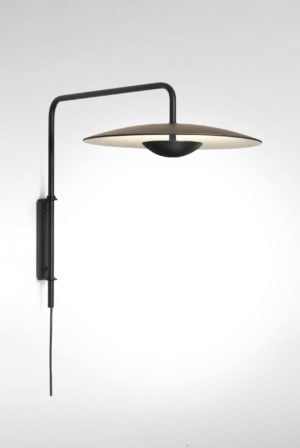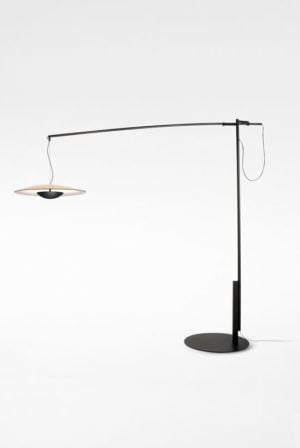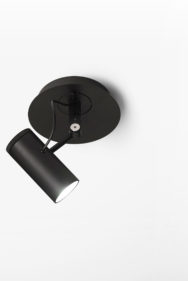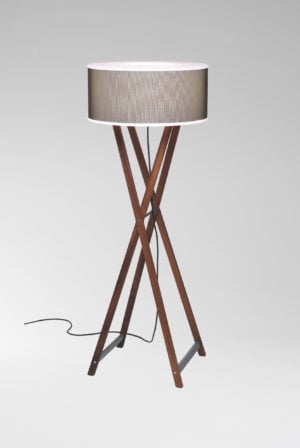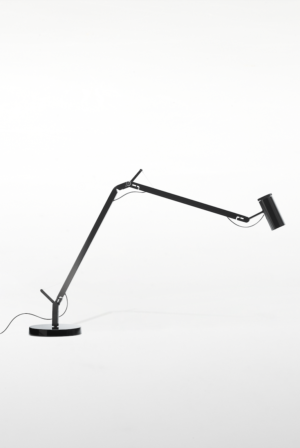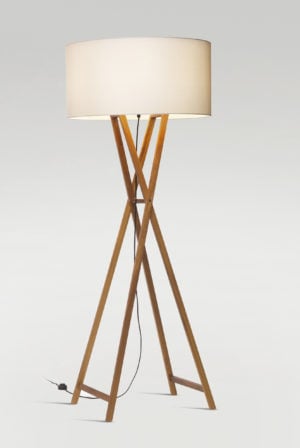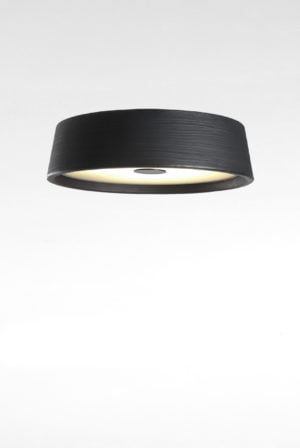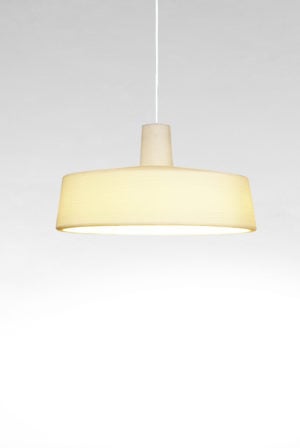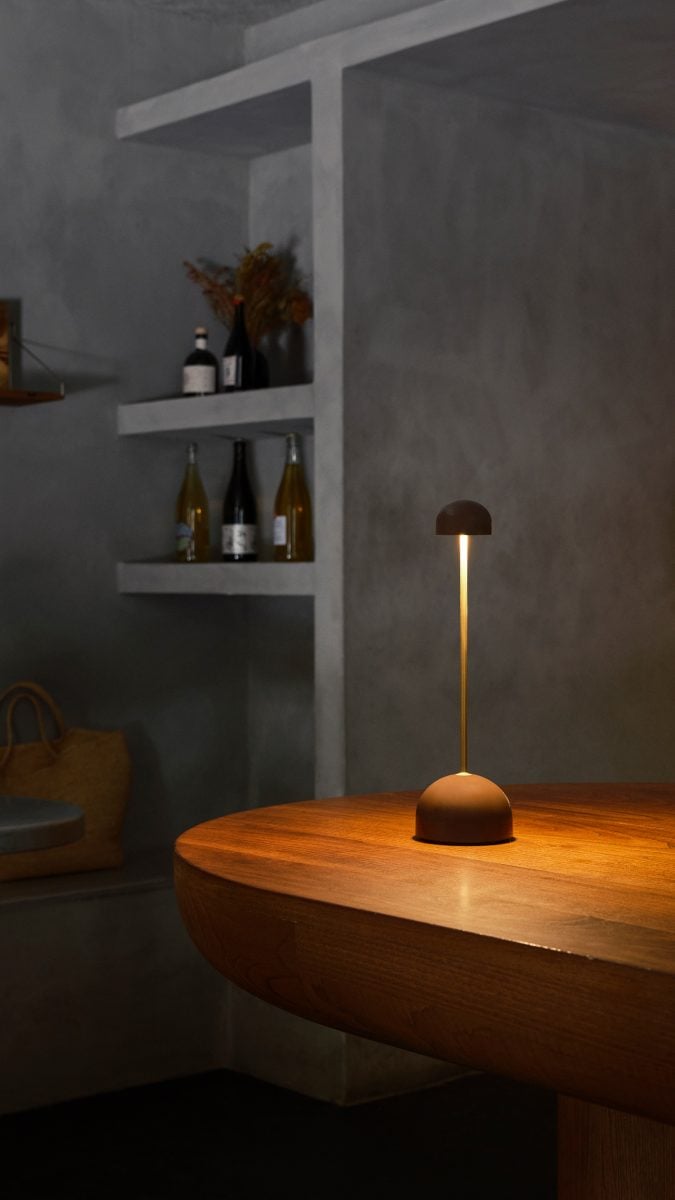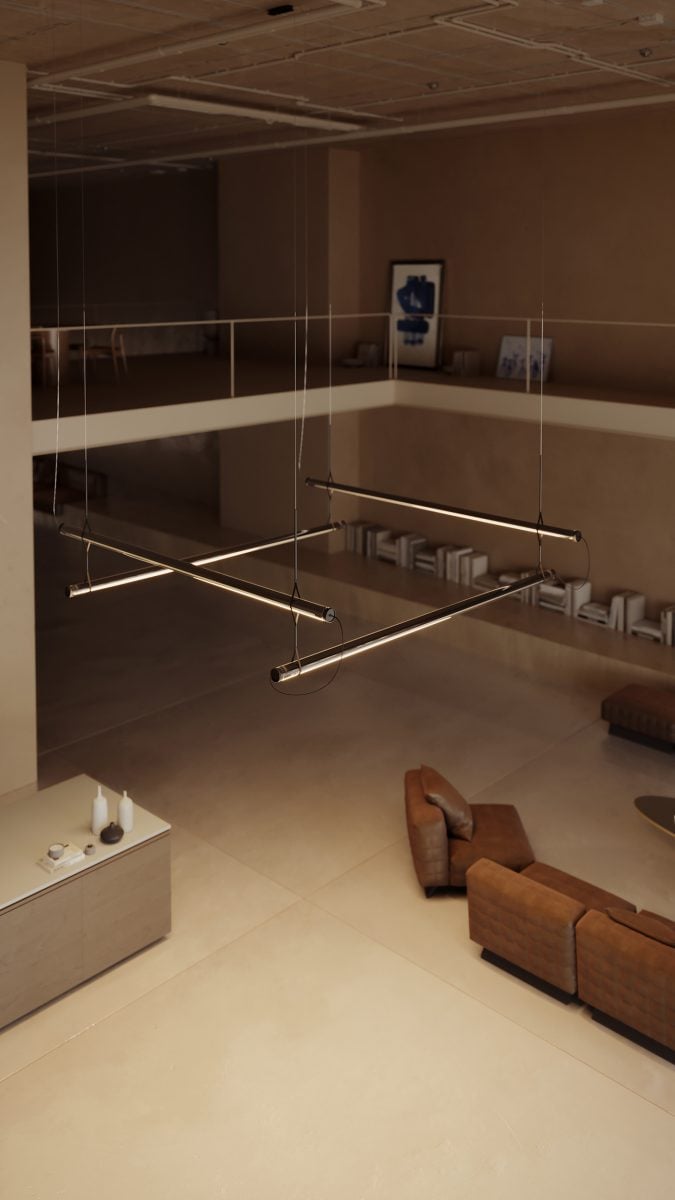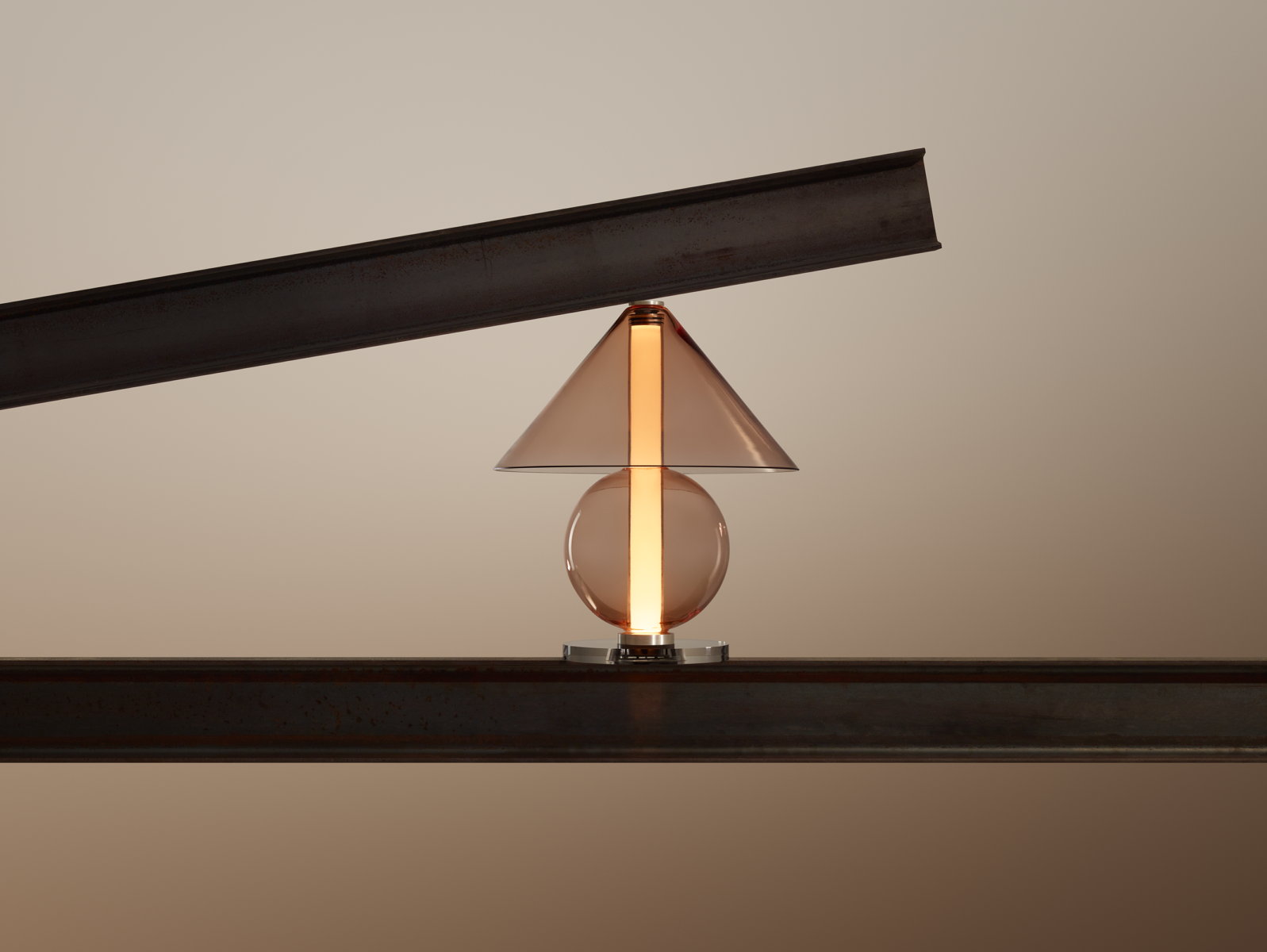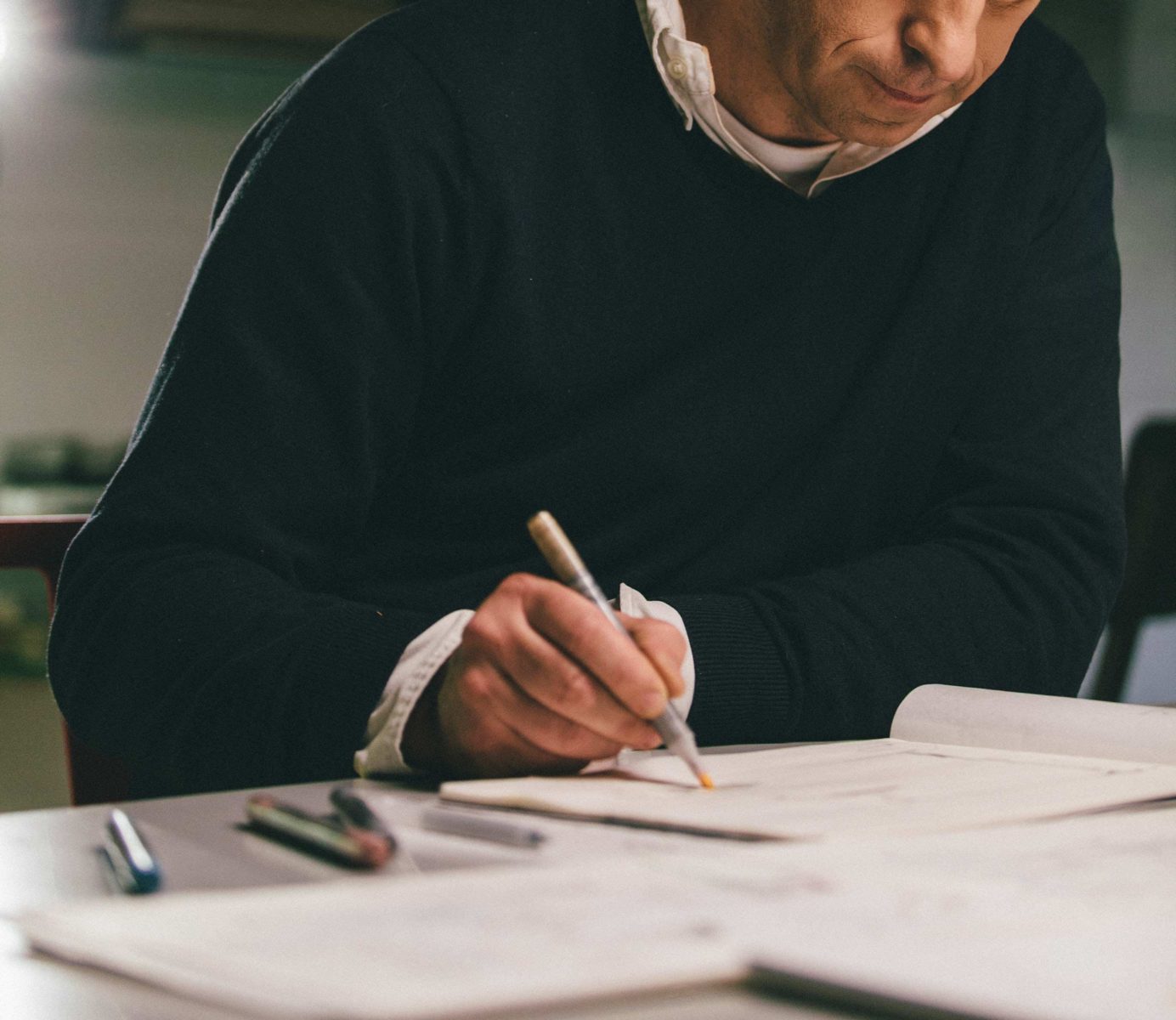Reflections on light – Joan Gaspar- part one
I like a lamp to make beautiful light
Joan Gaspar learned the trade of industrial design by working with Lluís Porqueras in the late 1980’s in a small lamp workshop in Barcelona’s Poble Nou neighborhood. Since then he has designed countless products, all characterized by simplicity as their unquestioned hallmark, with a special focus on the lighting sector. However, he is also on the verge of celebrating two decades as the Product Manager at Marset. Gaspar is interested in talking about what we do not see in lamps. What we see, he says, is obvious. You can tell that he enjoys finding solutions to any issue put to him, paper and pencil in hand, or turning the object around and around. It is clear that he likes all his i’s dotted and t’s crossed.
Aren’t you an artist?
I don’t consider myself an artist. Our job is not a job for artists. In fact, the language of industrial design and the decisions taken when designing and manufacturing a product do not tend to have much to do with art. The job of a designer encompasses many facets. We cannot forget that we are working with the product, which tends to be the core of any company. We cannot lose sight of the fact that our job is a trade. The product has to work, and the clients and people have to like it.
You are the product manager at Marset. What does a product manager do?
I choose the products to be made, how they are made, what materials they are made of, what feelings the product should convey, what perception of quality it gives off, what kind of light it makes, what purpose it must fill. There is always a relationship between the technology and the material used on the one hand and the perception of quality and the light it gives off on the other. The process of bringing a product to market is quite complex. Oftentimes during product development, some don’t make it and end up never being manufactured.
Success comes after many failures.
What are Marset’s values?
We try to make our products not too attention-grabbing. We pay plenty of attention to the lights so that they have a high perception of value, they are well proportioned, they are decorative whether they are turned off or on, and ultimately they are beautiful. At Marset, we also try to ensure that our products last over time, and perhaps this means that they are not overly dictated by trends.
If you make beautiful objects which also give off good light and are not too tendentious, they can last a longer time span. We like products to last. As editors, you have to use the materials that best fit the product; just because everyone is using a specific material does not necessarily mean that it will work three or four years down the road.
What is a perfect light like?
A perfect lamp might be a lamp that is formally beautiful and lights well, that is not bothersome when it is on. I like lamp light not to be invasive, not to light everywhere, and I like it when the light that the lamp itself receives lets you see interesting things about the object itself and its construction. It might sometimes decorate, but it shouldn’t be too attention-grabbing, and when it is on it should have this second life, so that when you see it you say, “Wow, how beautiful!”
What part of the product development process do you enjoy the most?
When I begin to see the first attempts at the volumetrics, although I also really enjoy drawing, I always draw all day long. I have an idea, I grab a piece of paper and I immediately draw it. I always carry these notebooks on me. And perhaps the part I like the least is the buying process, commissioning moulds and asking for estimates. There are other people at Marset who are much better qualified to do this than I am.
What is designing?
Designing actually means thinking and structuring. Because ultimately, everything you see around you, all the products that surround you in your life, were made this way, but they could have been made a different way. There is always someone behind the scenes deciding, choosing and thinking about what is best for this object. The designer must keep in mind not only the features of this product but also what they want it to convey, what the brand wants to communicate with its collection.
-You draw by hand, but you have a 3-D printer.
– I draw by hand, but ultimately we need technology. It lets me see things much more quickly, especially when building scale models, and I’m actually pretty impatient.
– How so?
When we decide to make a product, there are lots of things that you don’t see until you’ve got the prototype in your hands, and even though you try to convey things to the team, ultimately you’re the one who’s got it in your mind. And reaching that moment when you can see the object, when you can say “This is what I wanted,” makes you impatient.
